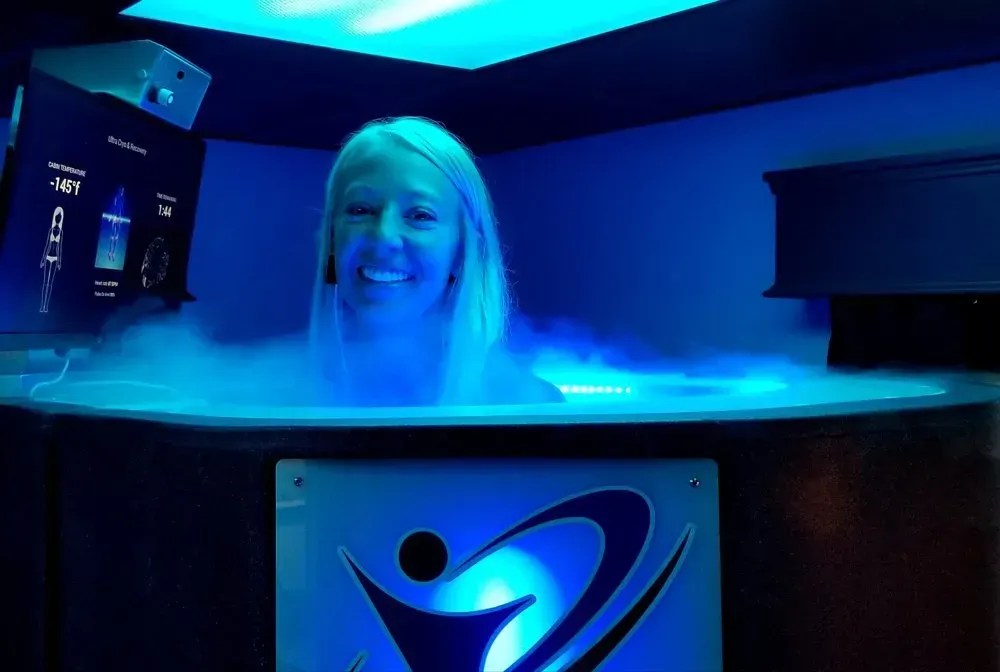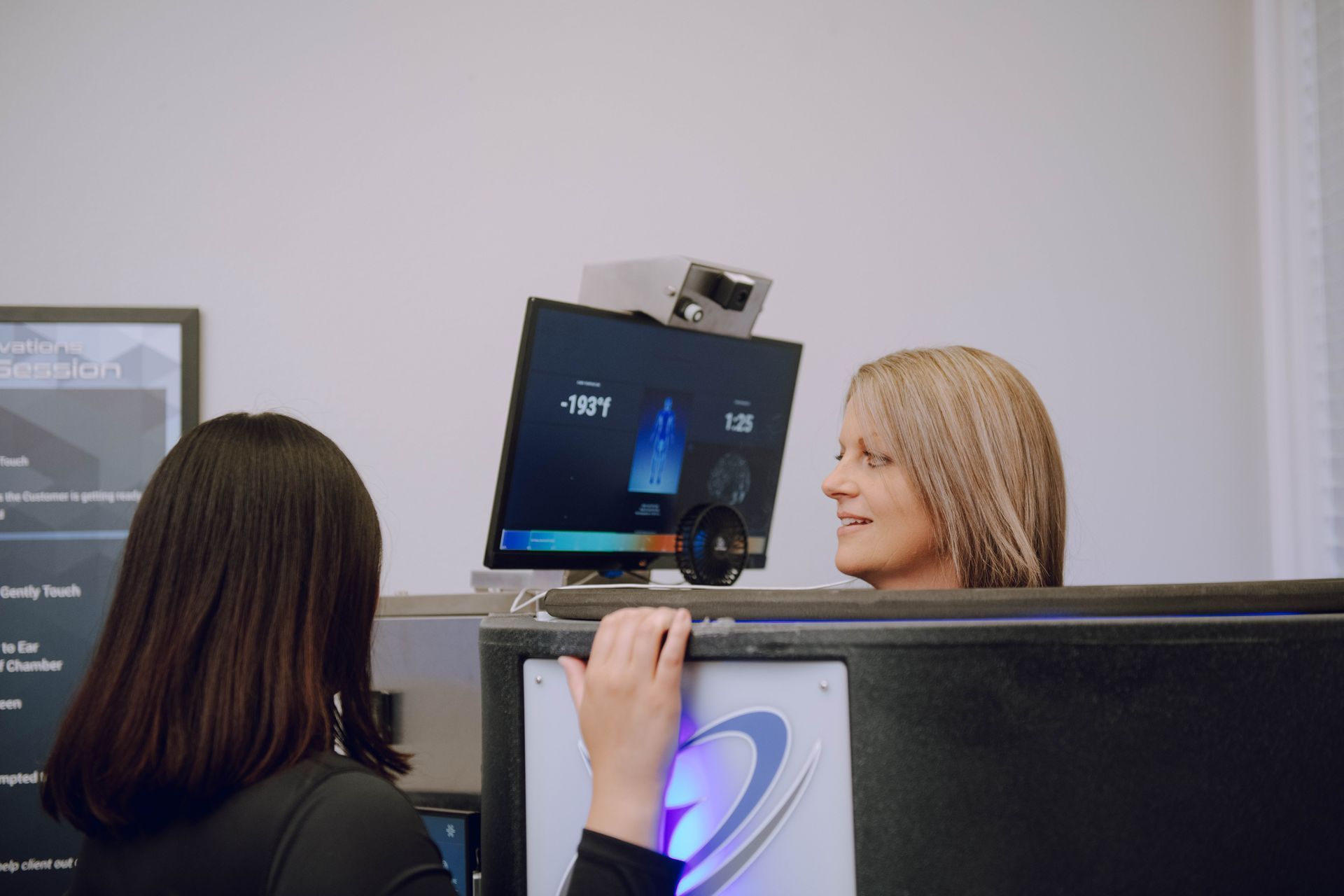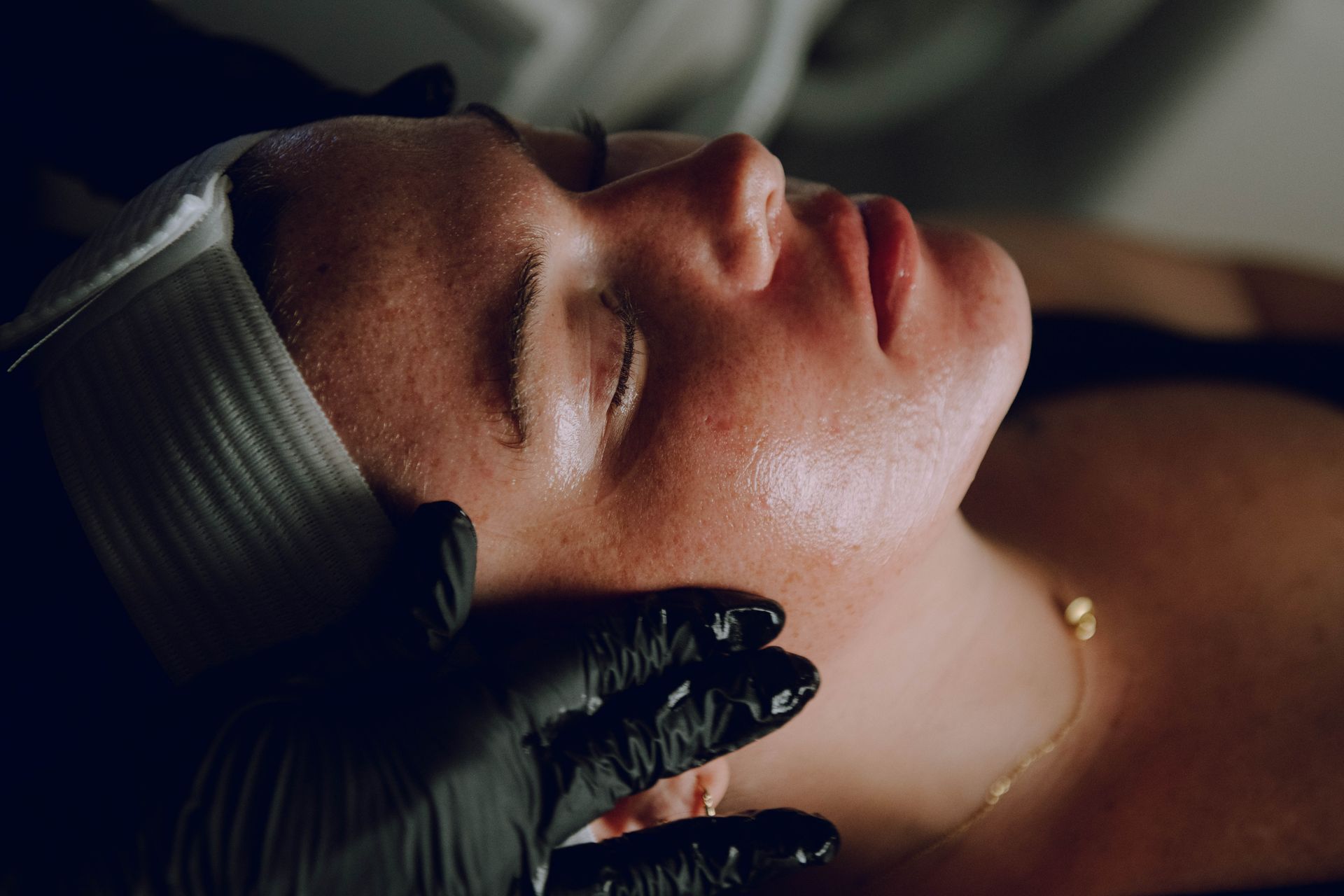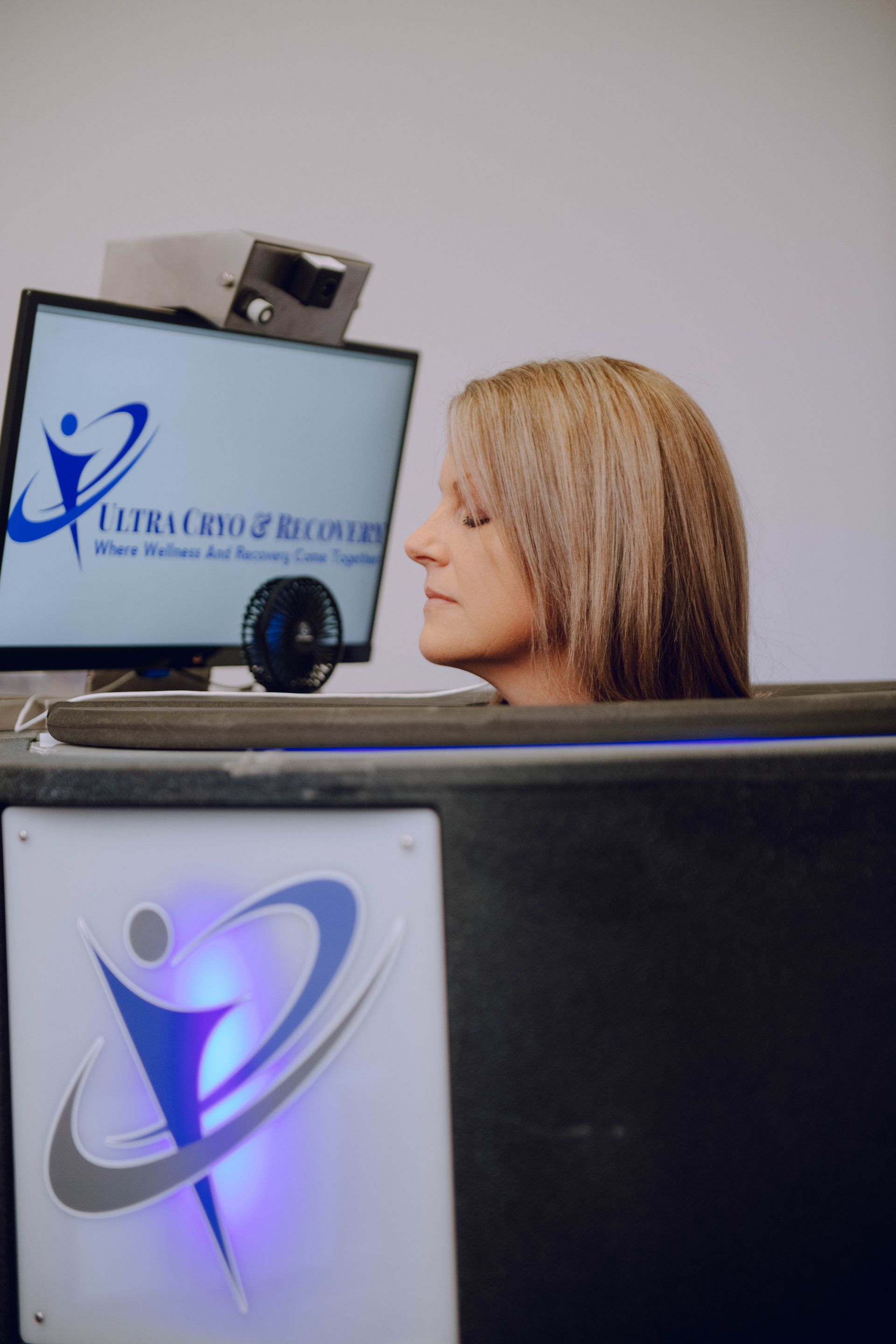We
accept many payment methods for the cryotherapy & wellness treatments we provide, including payments from HSA/FSA Benefits. This guide is designed to empower you with the knowledge to strategically leverage your HSA & FSA benefits to get the best bang for your buck.
Before we get into it, a gentle reminder:
This is not a substitute for professional financial or tax advice. Health Savings Account (HSA) or Flexible Savings Account (FSA) benefits can be complicated, and we want to help make it more accessible for everyone to use. This is meant to be a general overview and educational tool to help you make an informed decision about using your HSA/FSA funds.
For personalized guidance, please consult with your tax advisor.
Overview of HSA and FSA Benefits
In this section, we will demystify two powerful tools at your disposal - Health Savings Accounts (HSAs) and Flexible Savings Accounts (FSAs). Understanding the nuances, eligibility criteria, and benefits of these accounts is important, but not easy.
Navigating the labyrinth of health savings mechanisms can be a daunting task, but don’t worry - Ultra Cryo & Recovery will be here when you're done to help you
relax with a soothing cryotherapy session.
Health Savings Account (HSA)
An HSA is a savings account specifically designed for people enrolled in high-deductible health plans, allowing them to set aside pre-tax dollars for qualified medical expenses. These funds can accumulate and even be invested over time, ultimately providing a cushion for medical expenses.
Some eligibility requirements include that you are enrolled in a high-deductible health plan (HDHP), you are not enrolled in Medicare, and that you are not listed as a dependent on someone’s tax return.
Flexible Savings Account (FSA)
FSAs are another valuable tool for managing healthcare costs. These accounts allow you to set aside pre-tax dollars for out-of-pocket healthcare expenses, but unlike HSAs, FSAs are typically sponsored by an employer.
Generally, FSAs are available to employees participating in employer-sponsored health plans. There are no specific eligibility criteria, but the availability and terms may vary based on employer policies and the plan you’ve selected. Check with your or your spouse's employer to verify if these benefits are available to you.
Main Differences of HSAs and FSAs
HSAs:
- Ownership and Portability:
HSAs are owned by the individual and remain with you even if you change jobs or retire.
- Rollover:
Unused funds rollover from year to year.
- Investment Opportunities:
HSA funds can be invested.
FSAs:
- Employer Ownership:
FSAs are owned by the employer, and you may lose access if you change jobs.
- Immediate Availability:
The full annual contribution is available at the start of the plan year.
- Use it or Lose it:
FSAs typically have a "use it or lose it" policy, meaning unspent funds may be forfeited at the end of the plan year, though some plans offer a grace period or allow a certain amount to be rolled over.
Now that you understand more about HSAs and FSAs, you can start leveraging them for
cryotherapy services.
Is Cryotherapy a Qualified Medical Expense?
The short answer is yes - we take HSA/FSA payments at Ultra Cryo & Recovery.
The long answer is navigating the eligibility criteria for utilizing your HSA or FSA benefits for cryotherapy involves understanding the IRS’s definition of "qualified medical expenses."
Criteria for "Qualified Medical Expenses"
The IRS outlines specific criteria that an expense must meet to be considered a "qualified medical expense." Generally, these expenses include the costs of diagnosis, cure, mitigation, treatment, or prevention of disease, and the costs for treatments affecting any part or function of the body. The expenses should be primarily to alleviate or prevent a physical or mental defect or illness.
Other factors for “qualified medical expenses” can include whether the procedure is recommended by a healthcare professional as a necessary treatment or prevention method for a specific health condition or ailment. Some people might use cryotherapy for general wellness or preventative care, which might not squarely fit within the IRS guidelines unless it's substantiated by a medical practitioner's prescription or recommendation.
Cryotherapy and "Qualified Medical Expenses"
Cryotherapy is a procedure where the body is exposed to extremely cold temperatures for several minutes, offering various health benefits such as reducing inflammation, alleviating muscle pain, and supporting recovery.
The acceptance of cryotherapy as a qualified medical expense often hinges on documentation, which is why we are more than happy to provide detailed receipts.
For a detailed and up-to-date understanding, please refer directly to
IRS Publication 502 (Medical and Dental Expenses). This document provides comprehensive insights into which medical expenses are considered qualified for HSA and FSA purposes.
Remember: we are not accountants and neither are our staff. Please consult official resources or seek guidance from a tax professional to determine the eligibility of cryotherapy expenses based on your individual health needs and recommendations from your healthcare provider.
How to Use HSA/FSA Accounts for Cryotherapy
Strategies for Maximizing HSA/FSA Benefits
Effectively leveraging your HSA or FSA benefits for cryotherapy services requires strategic planning and a sound understanding of your plans policies, including rollovers and grace periods.
Review your past expenses to estimate your future needs accurately.
Consider the frequency and costs of your cryotherapy sessions when setting aside funds in your HSA or FSA. One of our technicians will gladly have you for an intake session to help assess you and give you a quote for the year.
Remember that HSA contributions can be adjusted anytime during the tax year, allowing more flexibility for you.
But since FSAs have a "use it or lose it" policy, plan your contributions carefully in advance so you don't lose out on any money unnecessarily. Some
FSAs allow a rollover of up to $610 (as of 2023; please verify the current amount) of unused funds to the next year. Familiarize yourself with your plan’s specific rollover provisions.
Leverage the grace period
Certain FSAs offer a grace period, typically up to 2.5 months after the plan year ends, to incur eligible expenses. Use this period strategically to maximize the use of your funds.
Ensure that you submit reimbursement claims promptly to avoid losing out on your eligible benefits due to missed deadlines or other administrative hurdles.
Keep informed of plans and policies
Keep up to date of tax laws, contribution limits, and eligible expenses to optimize your HSA/FSA benefits continually.
Legislative changes could impact strategies for maximizing benefits at any time.
Common Questions and Misconceptions
HSAs and FSAs are complicated - people usually have a lot of questions and misconceptions. There are gray areas, especially when it comes to using these funds for services like cryotherapy.
Understanding how to use Health Savings Accounts (HSAs) and Flexible Savings Accounts (FSAs) for cryotherapy services at Ultra Cryo & Recovery is really important. By now you should know the differences between HSAs and FSAs and how they work.
It may also be necessary to make sure that cryotherapy is a medical need, in which case you will require a note from a doctor. Remember to keep all your receipts and ask for money back on time when you use your HSA or FSA.
Lastly, always plan carefully with these accounts. Make smart choices on how much money to put in, and remember to use it wisely for your health needs like cryotherapy. If anything seems confusing or you're not sure about a decision, get professional tax advice to make sure everything was done correctly.






















